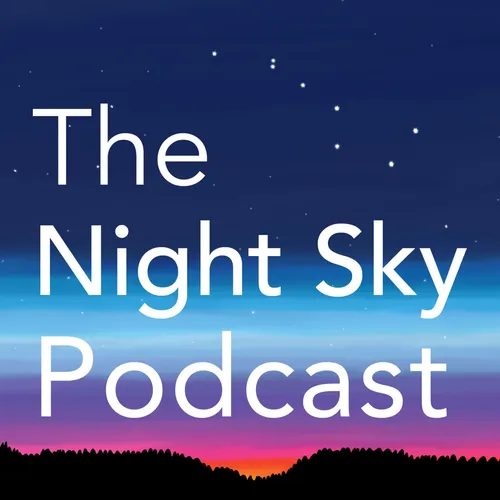The Night Sky Podcast | The Occultation Of Aldebaran
- Author
- Published
- Thu 30 Nov 2017
- Episode Link
- https://billynewmanphoto.com/podcast/the-night-sky-podcast-the-occultation-of-aldebaran/
The Occultation Of Aldebaran Viewing the Andromeda galaxy, The occultation of aldebaran, Mercury rising at dawn. Produced by Marina Hansen and Billy Newman. billynewmanphoto.com
Hello, and thank you for listening to this episode of the night sky podcast for the third week of January 2016. This week, I'm joined with Marina Hanson once again to talk about some of this week's star and skywatching news and events that are coming up. And when in DC, I do Marina, hey, Billy, I'm doing well. Cool. I'm glad that you're here today, again, with me to talk about some of the cool stuff that's coming up. I think it's been a couple, it's kind of a slow, it's a slow period right now, in January, in this midsection of January, and then it's gonna start picking up a lot at the end of January. And then I think if we get good viewing, at least in the northwest here, I think it's really going to ramp up for us through February and March. And then really, almost all of April, May, June, and all through the summer have a lot of different events going on that are kind of interesting. skywatching things that we'll be able to keep track of. But I think it's a little bit of a law right now.
Yeah, I'm excited for the things coming up in the next few months. Yeah, right now it is pretty slow.
Well, you know, I can't say it's slow. And then I could say that. I mean, there's like four planets visible. And they AM. Yeah, that's really cool. I guess of the fifth one. Yeah, even as I think it's just a law because there's gonna be a fifth one soon. So that's when like hyack comes in. That's when the news is the headline.
Yeah, the four planets being visible is really cool.
Yeah. So right now and the aim and we've been kind of observing this. The last couple nights, we've had a couple clear nights in the breaks of all these El Nino storms that keep sweeping through the West Coast. We got a couple clear nights during the last week separated by about five or six days. But I think the first night we got to see that observation, I think was what the ninth where Saturn and Venus were like just a half a degree apart from each other in the morning sky. They were just right up next to each other. That was really cool. Do you remember that? It was like, maybe we can half ago. Yeah, I remember that. Yeah, really cool to see. And then that was like, that's in Scorpio is now in a Helio conjunction in the morning sky. So Helio, I think a Helio conjunction. And this, this might be the wrong use of the term. But what was explained in the way that things were written about, I think this is astrologically Helio conjunctions are the first constellation that rises above the sun in the morning sky. So it'd be the last constellation to rise above the horizon before the sun comes up. Does that make sense? First, the first constellation you see at first light, right? That's the Helio conjunction sign. So that's what some astrological systems, or some calendar systems would use, as their position to identify the constellation in character at that time. So you know how some people maybe complain sometimes that Sagittarius the month that Sagittarius occupies the sun is not the month that the Zodiac identifies for your birthday. Right. And so the reason for this disparity sometimes culturally, was because it was identified through a Helio conjunction of that constellation instead of the other type of conjunct, I think just a regular conjunction, or when when the sun is absolutely in that constellation. So in this in this thinking, it's the sun is now passed, that constellation is now probably in another constellation. But it's that constellation that we see at first light, when the sun just starts to come up. That's the one that I think they would count sometimes. Now that doesn't really even break down or make things make a lot more sense. astrologically. But for us for astronomy, I think it's just kind of interestin
